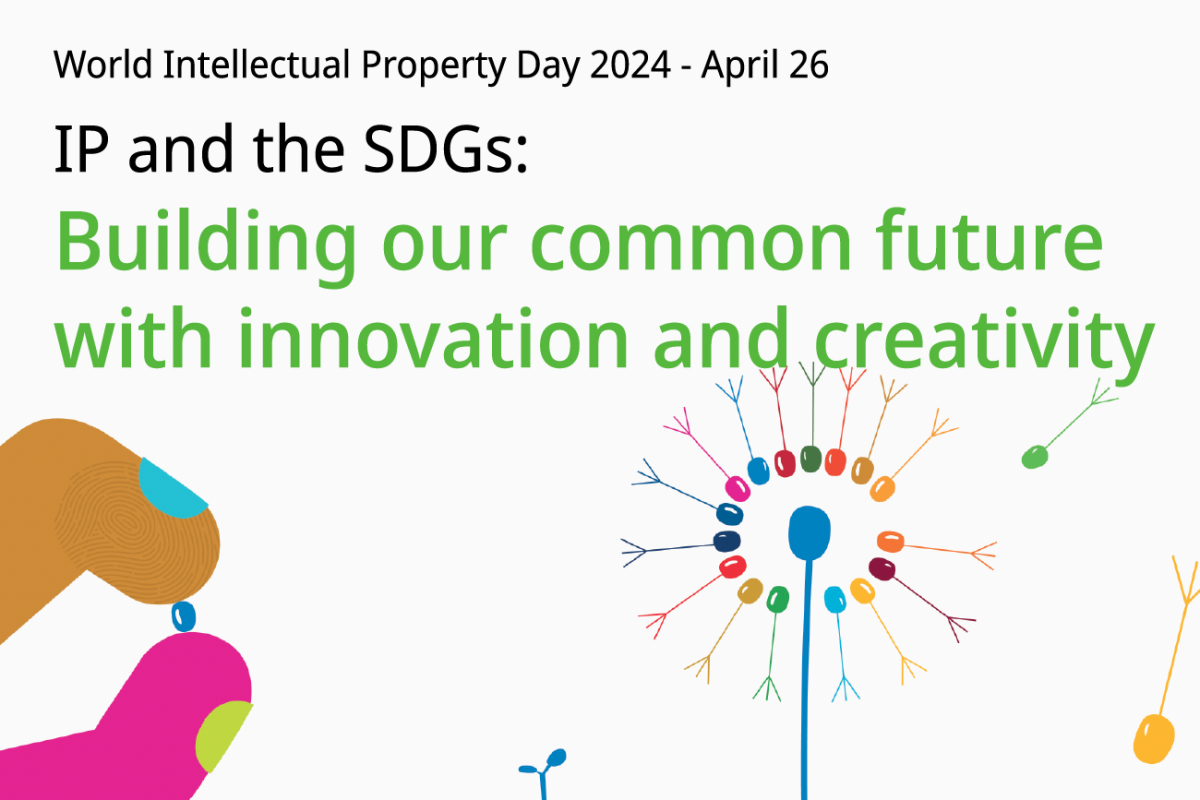- Fri. Apr 26th, 2024
Latest Post
Bozeman’s Restaurant Week: A celebration of the town’s diverse culinary culture
Bozeman’s Restaurant Week is currently in full swing, with nearly 30 local eateries on Main Street showcasing their culinary creations. These restaurants are offering new food items and menu specials…
Revolutionizing Sustainability: Lerøy Introduces SalmoFer, the First Iron Ingredient from Salmon Blood
The aquaculture industry, according to research organisation SINTEF, has a residual raw material utilisation rate of approximately 94 percent. However, one problem that the industry has been trying to address…
The EU’s IP Action Plan: Driving Innovation for a Sustainable Future through Protection and Enforcement
Intellectual property (IP) plays a vital role in advancing technologies that are critical to achieving the Sustainable Development Goals (SDGs) worldwide. The European Union has been at the forefront of…
Rising Tides and Range-Bound Oil: A Look at the Global Economy and Its Impact on the Oil Market
According to a recent poll among economists conducted by Reuters, the global economy is expected to continue on a strong course. This is good news for oil as it is…
NJ High School Sports Awards 2024: Recognizing Community Impact Through Athletics
The NJ High School Game Changers Sports Awards, now in its second year, is set to take place on June 17th, 2024. To cast your vote for the outstanding high…
Adventure Society Wins Outstanding Club or Organization of the Year at 2024 Impact and Excellence Awards
The Adventure Society was awarded Outstanding Club or Organization of the Year at the 2024 Impact and Excellence Awards. Taking place at the DoubleTree by Hilton, a group of a…
Bexar County Approves $5 Million Investment in Groundbreaking New Sports Facility for UTSA: The Roadrunner NEST to be a Community Hub for Sports and Athletics
Bexar County commissioners recently approved a $5 million investment into the construction of a new sports facility at UTSA. The “Roadrunner NEST,” which stands for “Nurturing Elite Sports Talent,” will…
New Discovery Reveals Unprecedented Life Merger: A Revolution in Agriculture on the Horizon
The discovery of a rare occurrence in the evolutionary history of life on Earth has sent shockwaves through the scientific community. For the first time in over a billion years,…
Music World and D’Addario Partner with TerraCycle to Reduce Guitar String Waste through Recycling Events
In recent years, Matt Gohlke, the co-owner and general manager of Music World in Hazel Dell, has become increasingly aware of the environmental impact of disposing old instrument strings. He…
Honeywell’s FT Unicracking Technology: Producing SAF from Biomass with Lower Environmental Impact and Higher Efficiency
Honeywell has introduced a new hydrocracking technology that can produce sustainable aviation fuel (SAF) from biomass, making the fuel 90% less carbon intensive than traditional fossil-based jet fuels. This technology…




